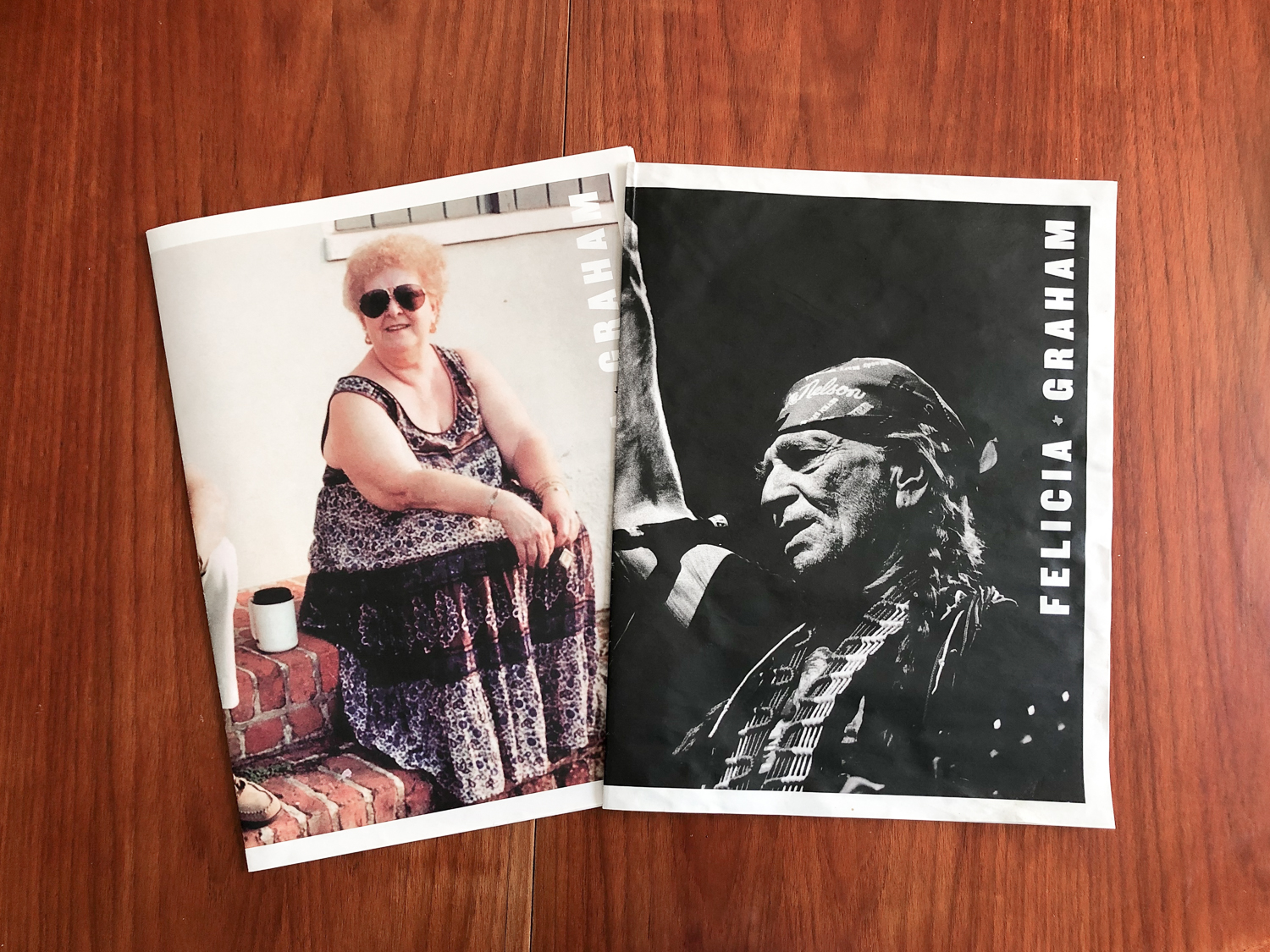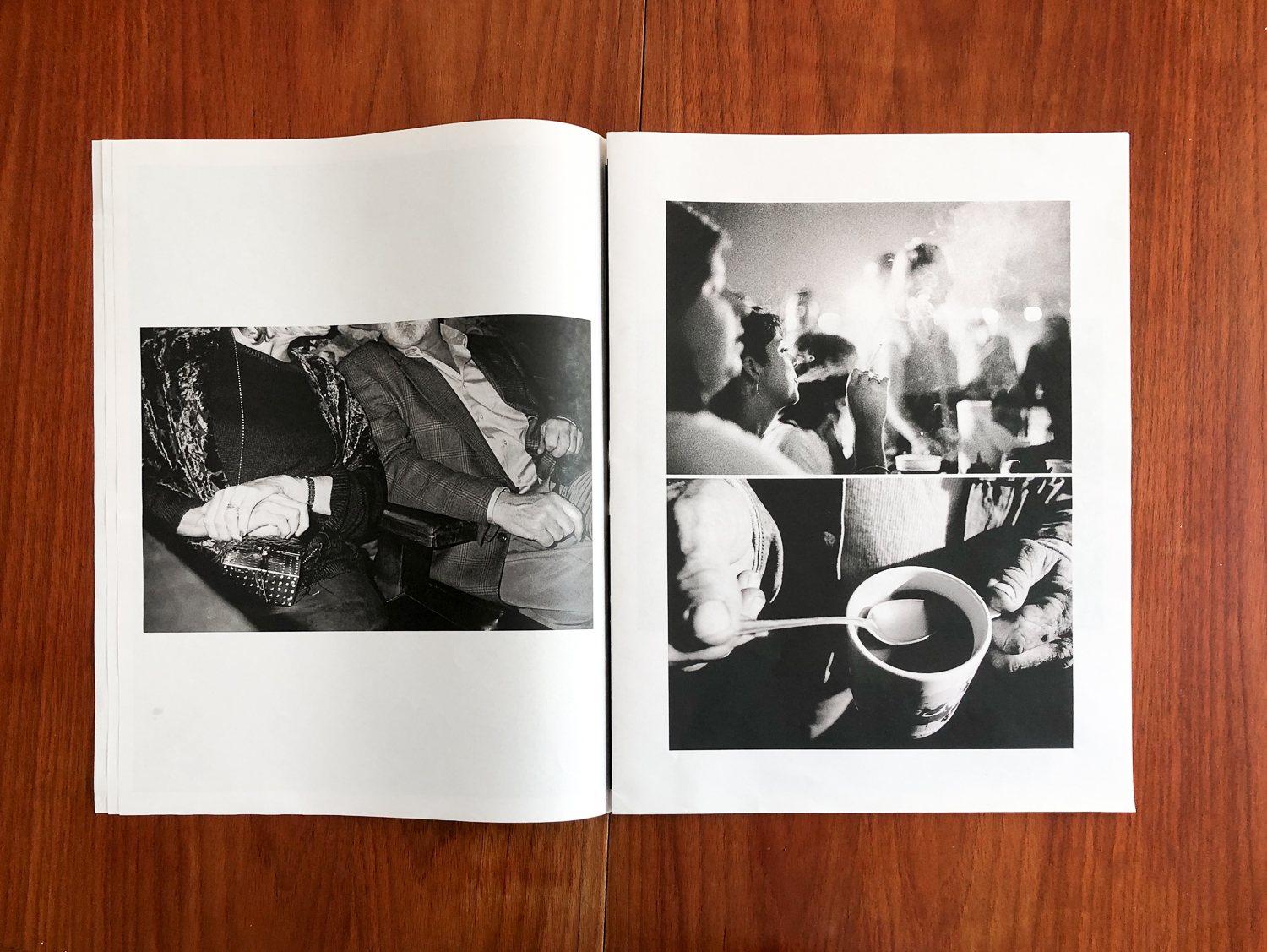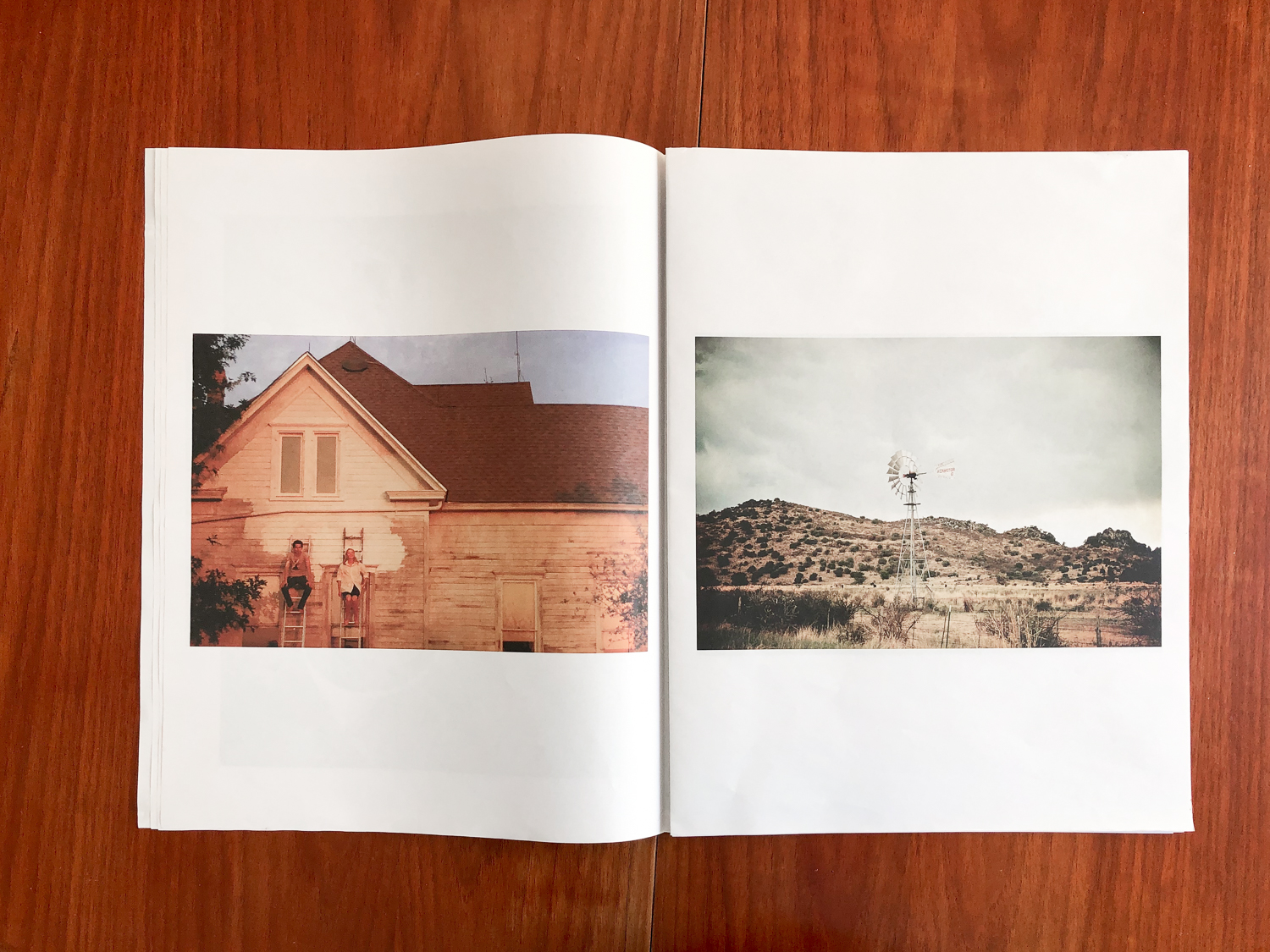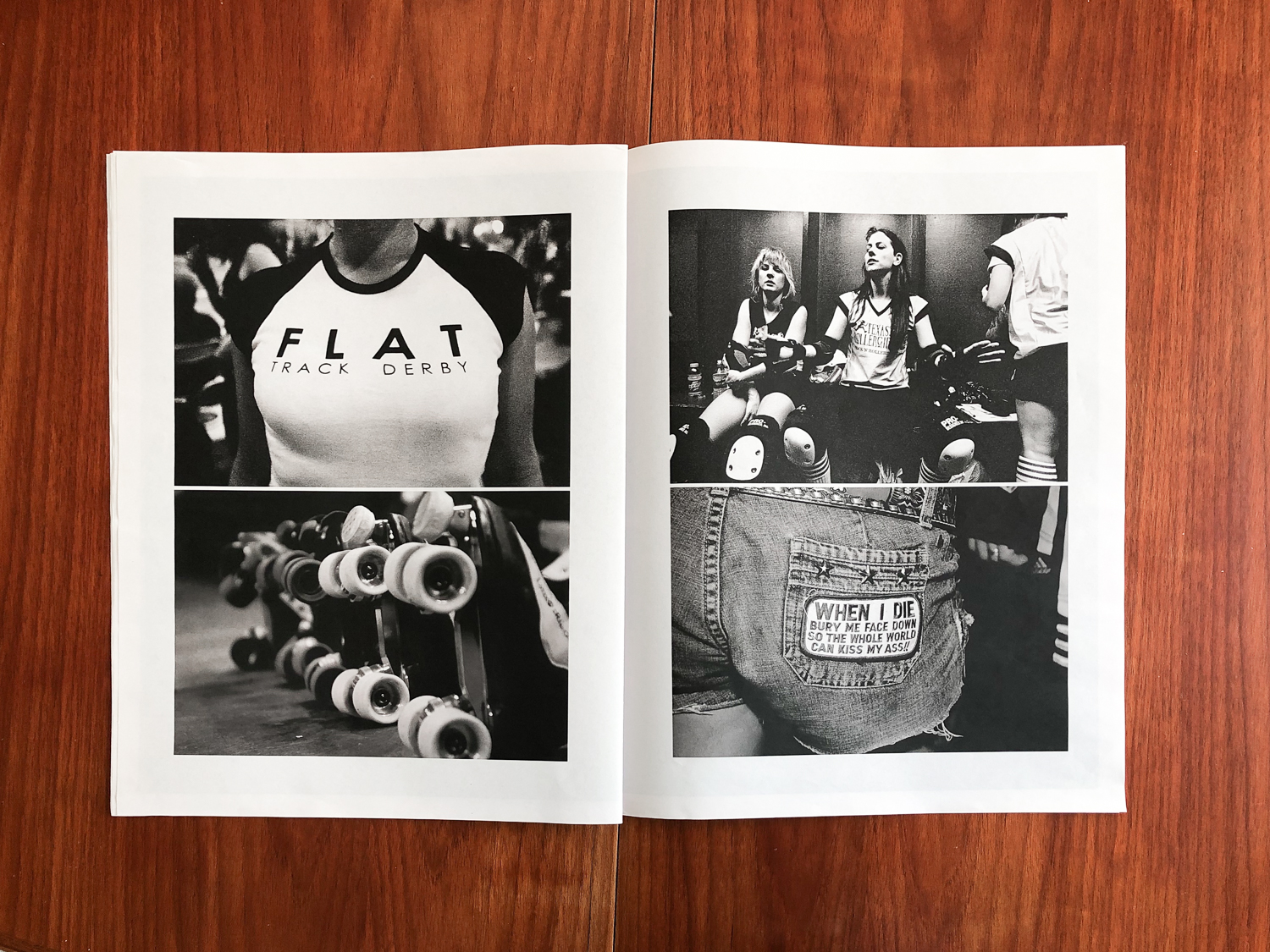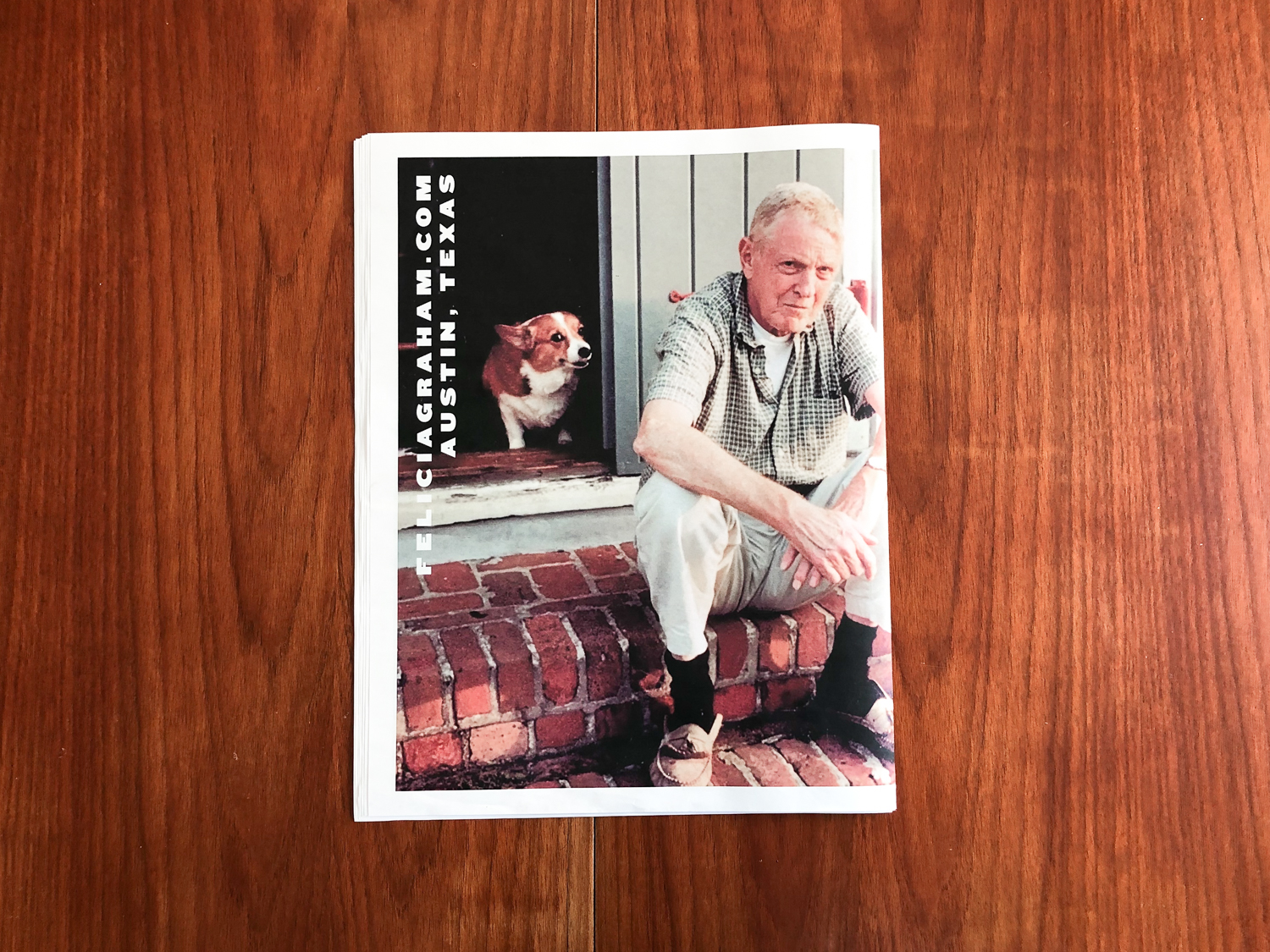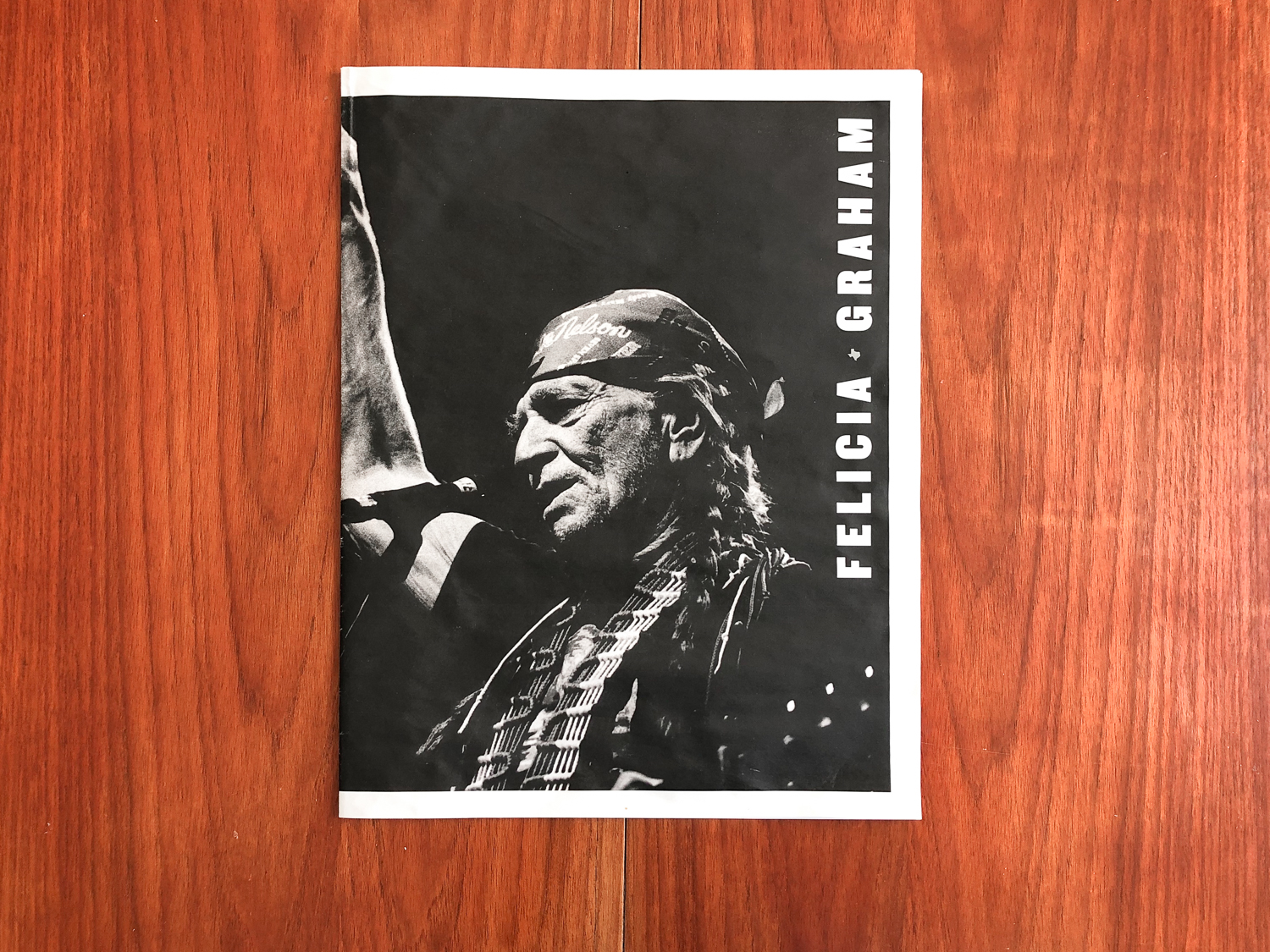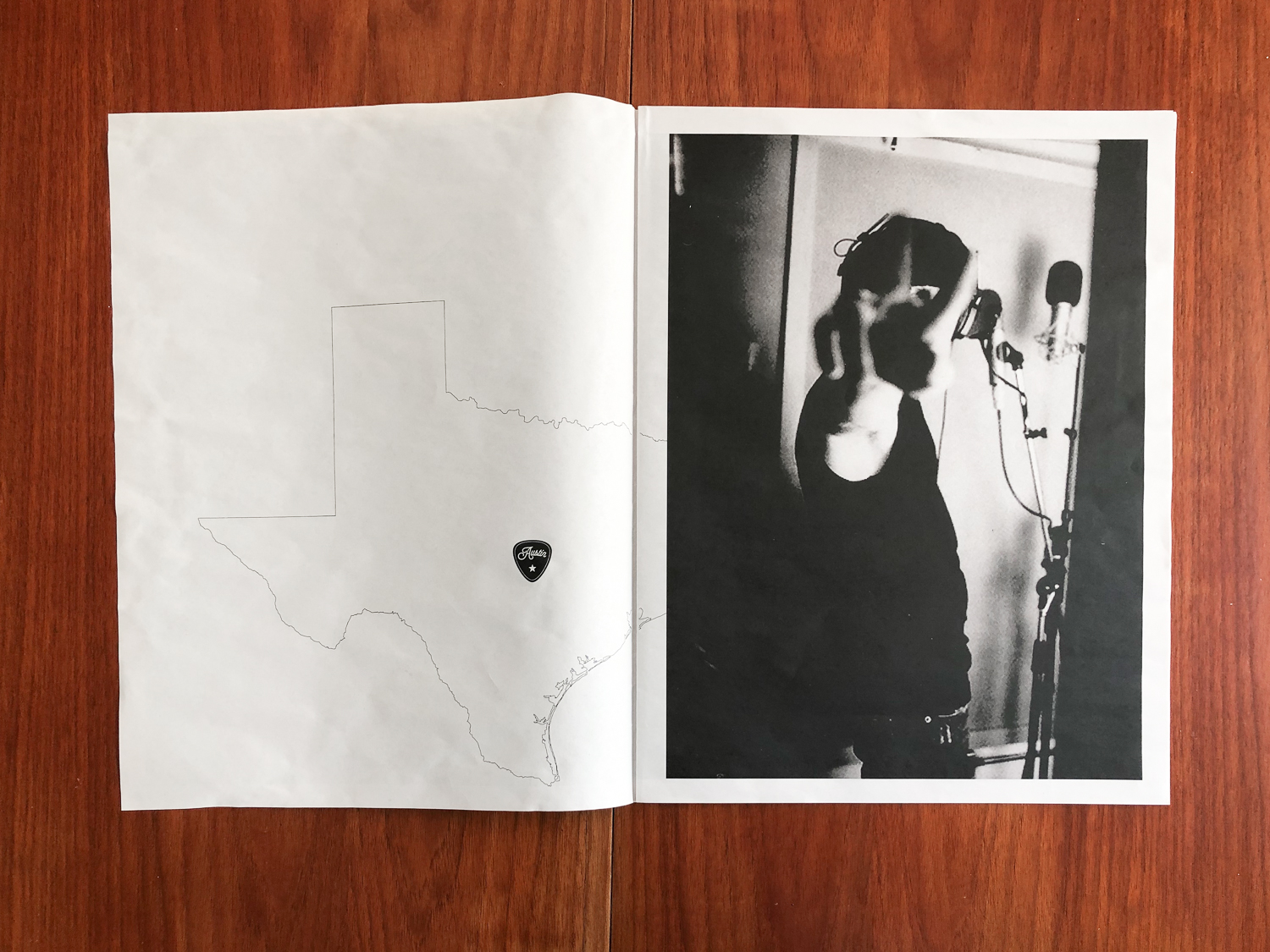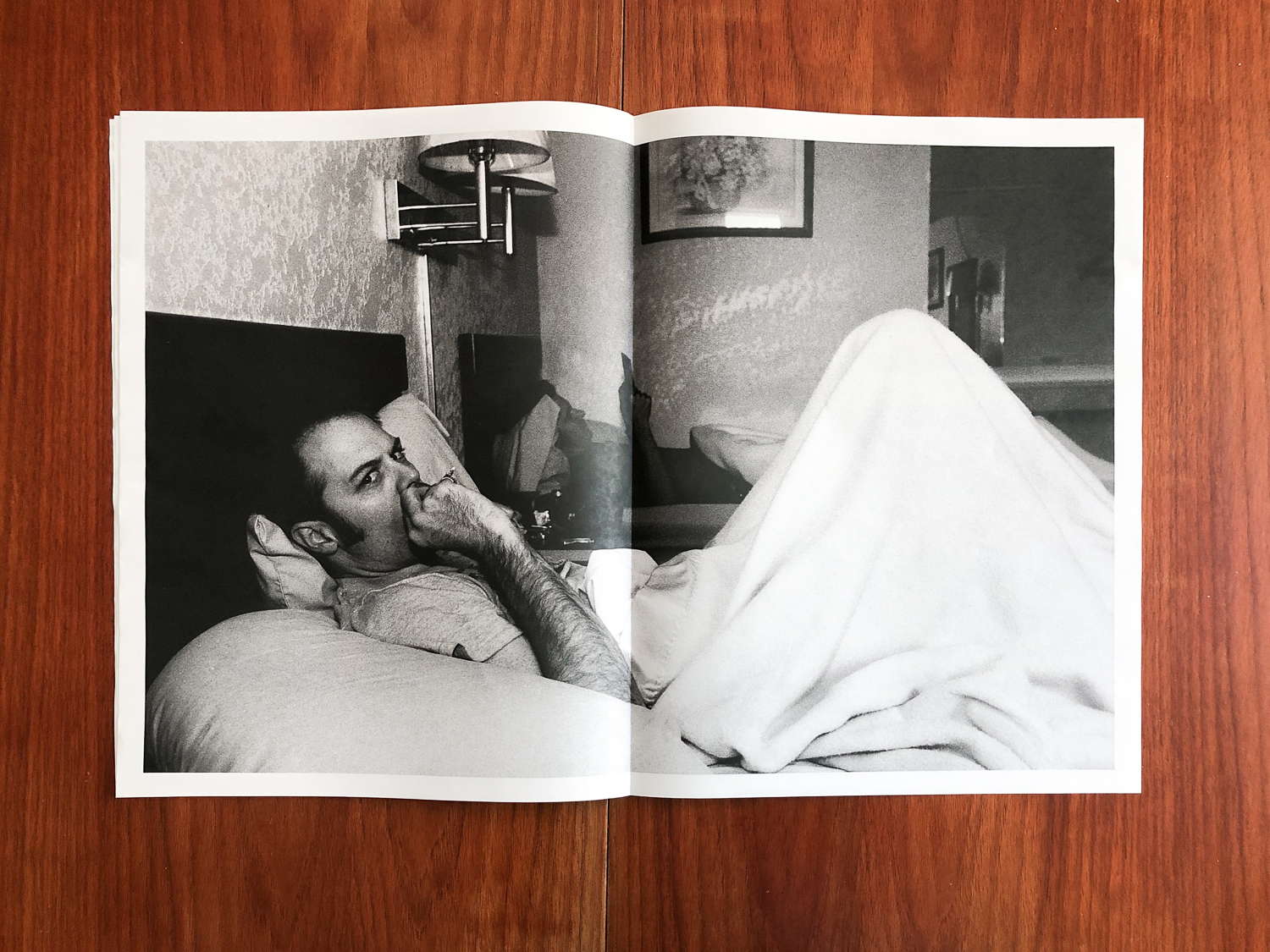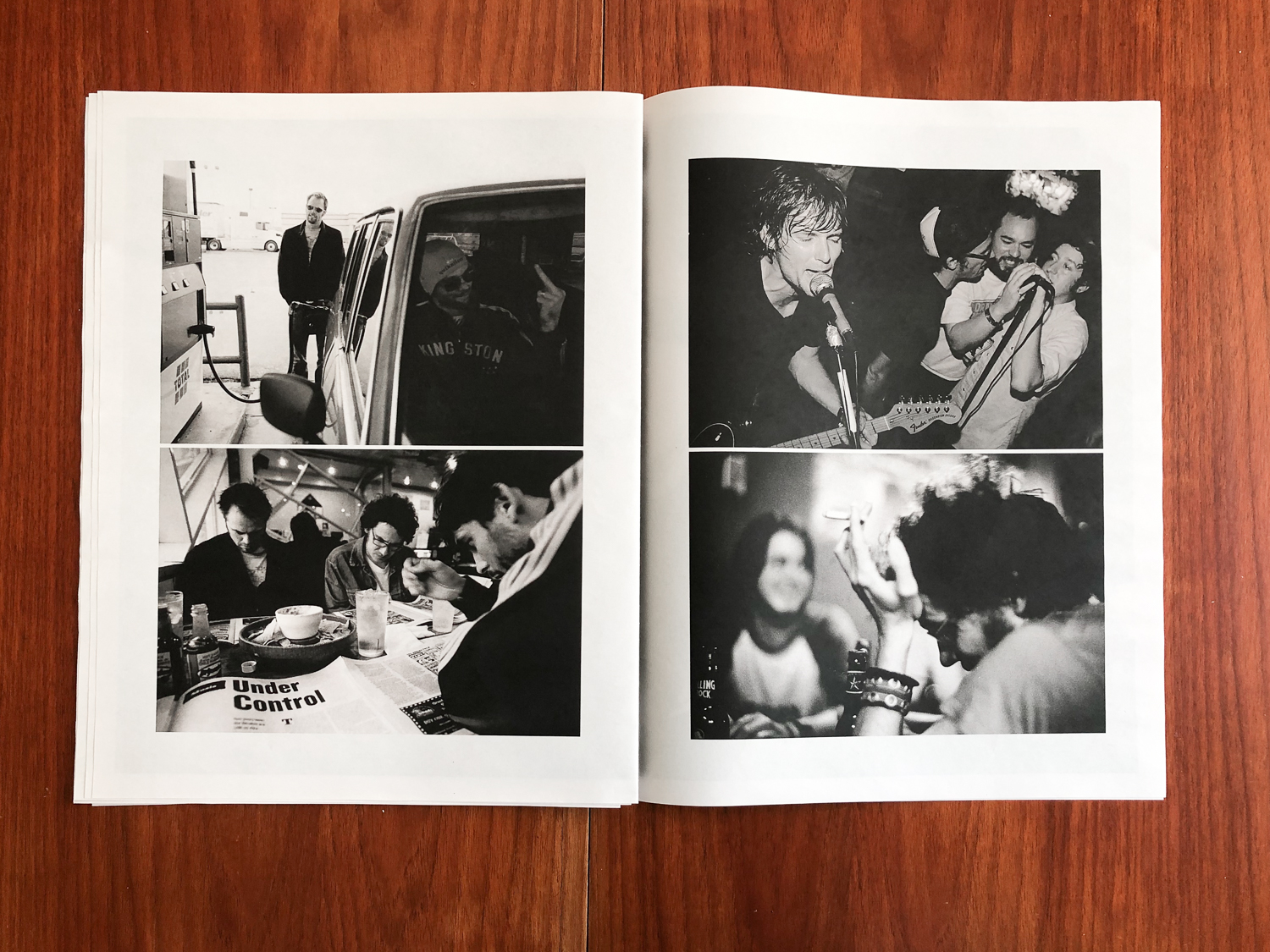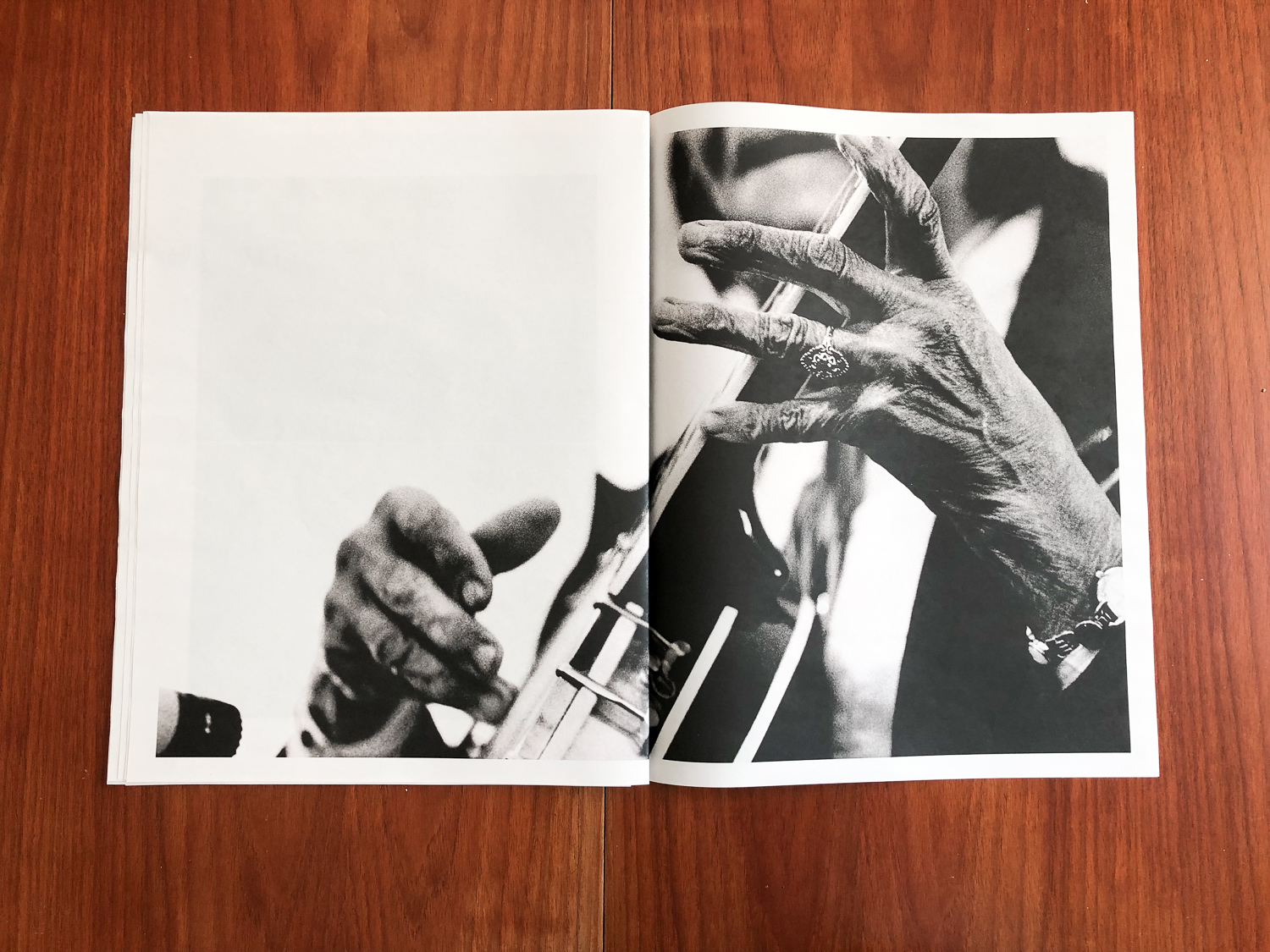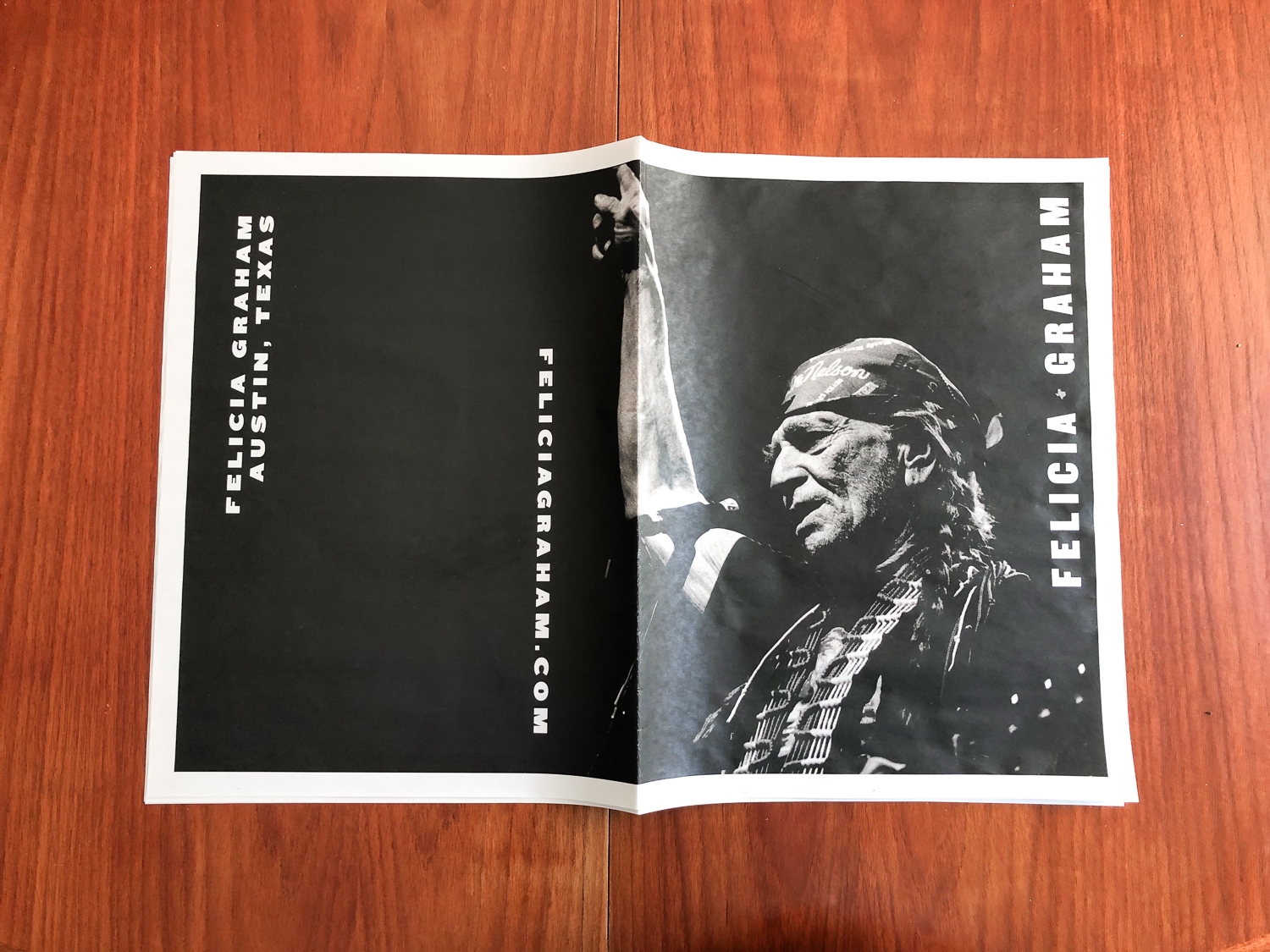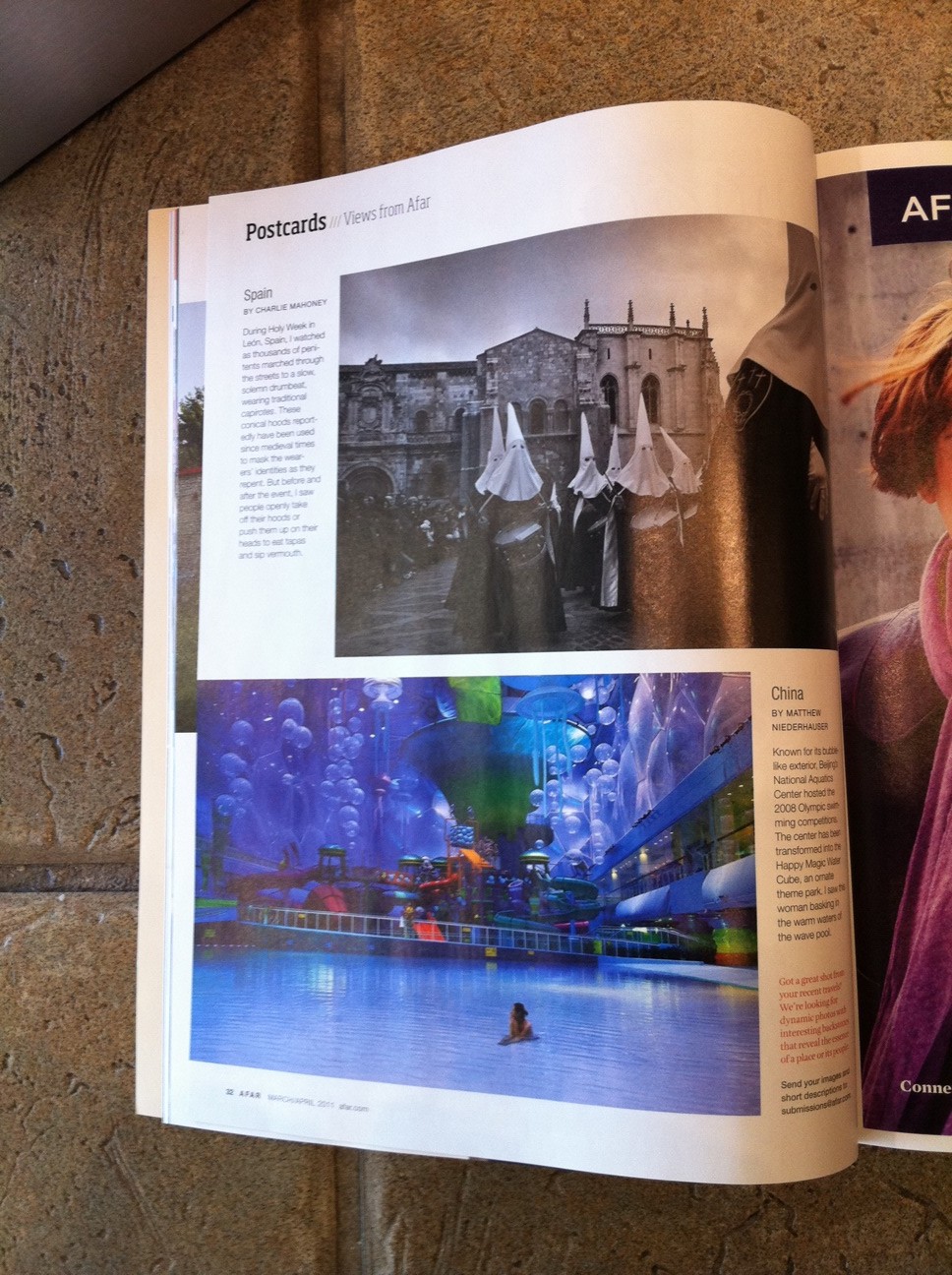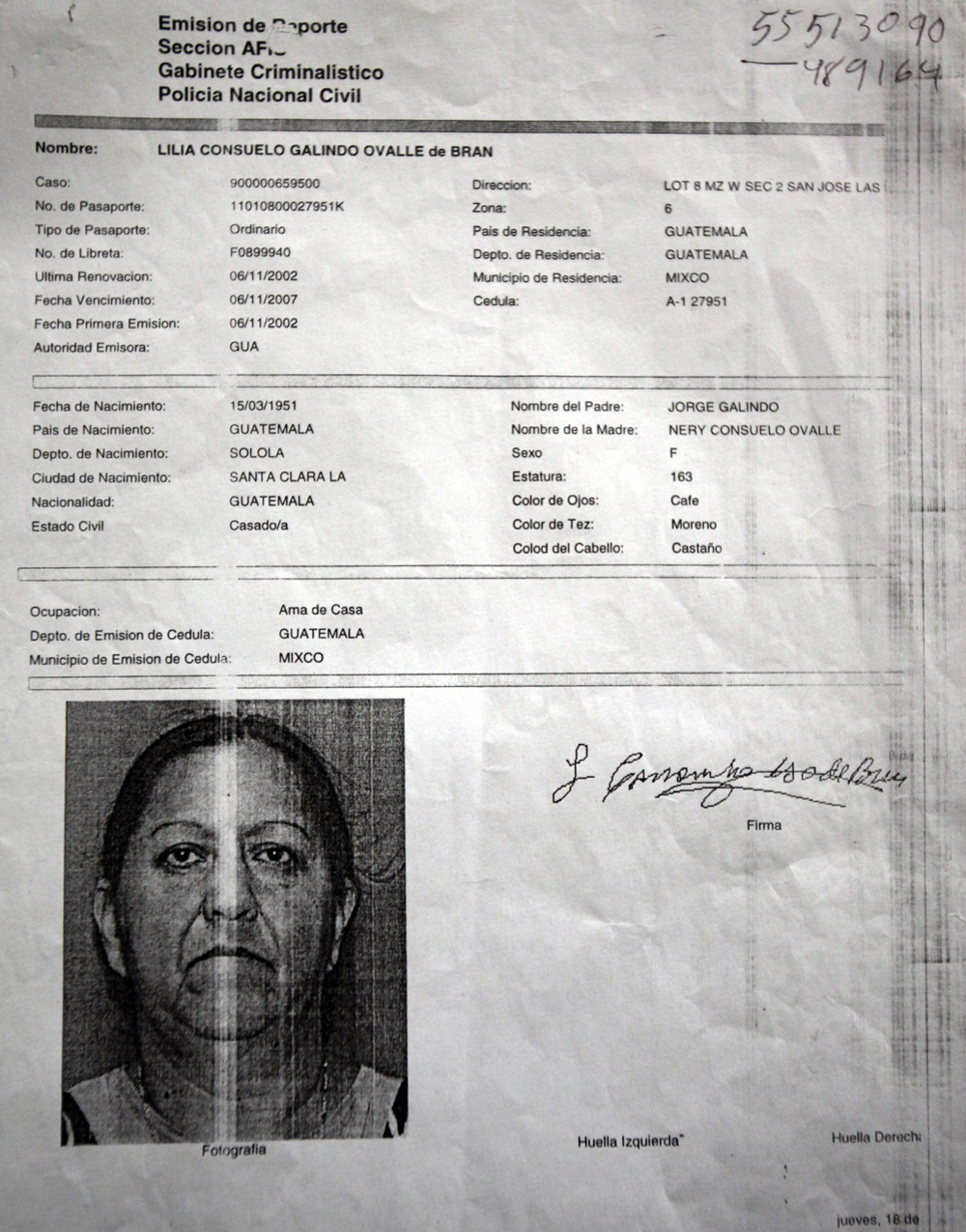I'm so loving how these promos came out for Austin-based photographer Felicia Graham. We created two different tabloid sized newspapers using Newspaper Club. One promo focuses on her music work (love the behind-the-scenes moments!) and the other showcases her documentary and movie stills work.
Sarah Lim Website, Print Portfolio and Marketing
Sarah Lim, an Austin-based editorial photographer, contacted me because she was having trouble making sense of her various types of images. She had travel and documentary and lit studio portraits and natural light environmental portraits. There were a lot of strong images among the folders on her hard drive, but they were having a hard time getting along. We started by first talking about the kind of work that she would like to be getting. Then we started editing her work so that it was a bit more focused and showed off her strengths. We announced the revised edits via email newsletters and print promos, and since then Sarah has shown work in her custom print portfolio (which she hand carved her logo into... yes, you read that correctly) to a variety of clients at in person meetings and portfolio reviews.
Since reworking her portfolios she has started working with a much wider range of clients including Texas Monthly, Austin Monthly, The New York Times, AAA, Inked and others. Texas Monthly has been using Sarah since September 2012 for their monthly travel column, The Wanderer.
Sarah was kind enough to share her thoughts on the process:
"Jasmine is fantastic! I was just getting started and didn't know my ass from my elbow, but she kicked me into shape. The very day my first mailer landed on photo editor's desks, I booked my first national magazine job, and I continue to turn to her for professional advice as my career progresses! With her re-organization of my website edits, it's like she saw which direction I wanted to head, better than I could and has been instrumental in not only getting me work, but helping me better understand and narrow my own focus as a young photographer.
Seeing it all put together has in turn helped me hone in on my own style. She's a super nice gal, who's personally invested in the success of her clients. Alone, I couldn't even make headway to get people to return an email, but Jasmine's expert advice has helped me get the gears moving in the direction I want to head."
TheDocumentaryProjectFund
TheDocumentaryProjectFund was founded to help make sure that photographers who want to tell the stories of their communities will be able to do so. TheDPF focuses on those photographers who work within their communities. They may work locally but the issues of community are the same as those faced globally. Looking through the lens of a photographer who is committed to his community will translate to communities everywhere.
Submissions for entry will begin May 15, 2013 and run through June 15, 2013. More information can be found here.
Jennifer Whitney's Spring Promo
Jennifer Whitney's spring promo is out, and it's a beautiful custom envelope with four different bodies of work each with its own trifold insert. The themes of each card are: Everyday moments that make up our daily lives, commercial work she shot for Cooking Channel during SXSW 2012, food, and her series on election season called “the vote”, including coverage of RNC 2012 in Tampa.
Case Study: Hilary Duffy
Hilary Duffy is a New York City-based photographer specializing in photography for NGOs, magazines and corporate social responsibility projects. We created a brand new website for her with a new edit that focused on her strengths in storytelling around the world.
Awesome Things about Look3, in No Particular Order
I just returned from three (was meant to be four... thanks a lot American Airlines) days in quaint, charming and lush Charlottesville, Virginia and the fabulous Look3 Festival of the Photograph. Look3's motto is "Peace. Love. Photography." and they do a great job at celebrating all three. Here's a list of some highlights, in no particular order:
- Lynsey Addario's heart-wrenching and inspiring presentation of the work she has done on women's issues over the last 15 years.
- Robin Schwartz's presentation of "Amelia's World": Portraits of her daughter with various animals. Her daughter has a magical gift for connecting with animals.
- Camille Seaman's wonderful telling of venturing into the world of Arctic and Antarctic photography, and how we are all connected in this world. So inspiring!
- Sitting under the stars, drinking a miniature boxed wine (think grown up juice box) with David Laidler, Alyssa Coppelman, Timothy Archibald, Andrew Hetherington, Jennifer Whitney and others.
- Piling into a bus with 19 other people to go from the Razon party to the Luceo Images party.
- Burgers and meeting the rest of the Prime Collective members
- Timothy Archibald's fantastic "Echolilia" project, in which he and his autistic son embark on a photographic journey together
- Simon Norfolk's Astra3B series
- Swimming in the river on our last day, while a bunch of baptisms were performed right behind us.
'Til next year everyone!
Marie Claire International Photography Award, 1st Edition
 Marie Claire has a great opportunity for professional photographers to reward the best photo reports about women.
To participate, register here and upload 10 photos from a single reportage, before June 30th, 2012.
Marie Claire has a great opportunity for professional photographers to reward the best photo reports about women.
To participate, register here and upload 10 photos from a single reportage, before June 30th, 2012.
Their international jury will select 10 finalists including one Award Winner, who will receive 5 000€ and a a Nikon D800 D-SLR.
The Award Winner's reportage will be published in Marie Claire France and in several Marie Claire International editions. And to salute all of the 10 shortlisted participants, an exhibition of their work made in partnership with Artelier Vikart will be held in Paris.
Eros Hoagland Wins $20,000 Special Grant for Conflict Photographers
Eros Hoagland, one of my favorite conflict photographers and all around awesome guy, has been awarded $20,000 through The Aftermath Project. Aftermath was created by Sara Terry as a way of exploring the lingering effects of war and help broaden the public’s understanding of the true cost of war. In light of the recent deaths of Chris Hondros and Tim Hetherington, Aftermath announced a special grant for conflict photographers.
When we announced the grant earlier this year, which invited conflict photographers to reflect on the aftermath in their own lives of covering conflict, we weren’t sure what kind of responses we would get – whether any conflict photographers would be willing, or ready, to consider taking on such a personal project. But as an organization committed to creating conversations about the aftermath of conflict – in its many dimensions – we felt the time was right to offer the grant.
So it was particularly gratifying to receive many thoughtful, candid proposals. Our judges were photographers Ashley Gilbertson, Danny Wilcox Frazier, and myself; photo editor Maryanne Golon; and Denise Wolff, an editor at Aperture. We were all overwhelmed by the honesty and articulateness of so many of the applications – we could easily have funded five strong proposals on this subject, if we had had the funding.
Hoagland’s project, “The Green Room,” stood out for his candid discussion of several themes, including emotional disconnect; the consequences of being the son of a war photographer, John Hoagland, who was killed in El Salvador at the age of 34; the impact that choices made by war photographers have on loved ones; the mythology of war photographers; and the desire to foster a public conversation on war, photography, PTDS and our understanding of these topics. We look forward to seeing his project unfold. Read more.
I'm a huge fan of Eros' work. This is a very well-deserved grant and I'm very much looking forward to seeing the project.
In Praise of AFAR Magazine
Can we just talk about how gorgeous AFAR Magazine is? I was stuck at the airport for a couple of hours and flipped through as many magazines as I could. I'm a little late chiming in on the lovefest (it's been named the best travel magazine by pretty much everyone) but I am smitten. AFAR really stands out on the newsstand. Photo editor Tara Guertin uses photojournalistic travel photography to convey a true sense of what it's like to immerse oneself in another culture. Destinations still appear pretty and desirable, but they seem real and approachable. And unlike a lot of other travel photojournalism, there were none of those visual cliches that clutter the genre (wide eyed children gaping at the camera, abandoned buildings, etc). They even use stock photography in a way that makes the images seem fresh and new (a grid of bridges around the world comes to mind).
Here are some of my favorite images from the March/April 2011 issue:
The "Postcards" section in the front also features great images on the photojournalism end of the spectrum.
Interested in contributing to AFAR? These writer's guidelines should be helpful to photographers too.
Photographers Doing it for Themselves, but at What Cost?
In the new economy and media landscape, there are a lot of cant's. Photographers can't wait for funding, can't expect a traditional media outlet to publish their work, can't rely on portfolio viewings to lead to work. They are expected to be constantly blogging, tweeting, tumblring, producing online magazines, creating iPad apps and tapping their social networks for funding. The thinking is that your increased online presence will generate money for you because you will be part of the conversation and on the radar of the people who are hiring. Or, that people will pay you directly to consume your work in the form of a self-published book or magazine. But at what cost?
Too Many Hats Syndrome
Today the British Journal of Photography posted a story titled "Do it Yourself". BJP talks about Rob Hornstra's Sochi Project, a massive undertaking chronicling the area where the next Winter Olympics will be held. Since no media outlets would pay to do something on such a grand scale, Hornstra was left to fund the project himself.
But as Hornstra points out, “You’re not just a photographer any more, you’re an entire company,” he says. “You handle the marketing, the sales, budgeting. You handle everything. You have to make people aware of the story."
How do all of these new demands on photographers affect the actual photography? Are you a good marketer? Do you enjoy trying to get people to buy ad space on your site? If you are undertaking a large project, it will probably involve a team of people. Do you want to spend your time project managing the endeavor? If you do, that is fab, but if you don't, don't feel the pressure just because it is what everyone is doing. Better to do one thing really well than to do 20 things half-ass.
Time Suck Effect
Recently, Manjari Sharma's Shower Series ended up on lots of blogs, which led to an ad job shooting faucets. Sharma was interviewed about the project and the gig it led to, and one thing she mentions in most interviews is that she reads all of the photo blogs in order to stay current. I commend her, as that is practically a full-time job. It's great to have the pulse of the industry and to know what your colleagues are working on. And I love that her project got blogged about so much and that led to a commercial job. It's what we all want for the industry.
But I worry that there is too much pressure and emphasis put on being part of the blogversation. If you find that you are spending more time staying current on photo blogs than actually shooting, coming up with new project ideas, editing work or collaborating with colleagues, then it's time to reevaluate how valuable all the blogging is.
Maybe I Should Shoot More Like...
You also want to be wary of having your style influenced. Just because everyone is blogging about hazy, barren seascapes this week or abandoned schoolhouses or whatever doesn't mean that you should do that or that doing so will lead to internet fame and glory.
As they say on Project Runway, stay true to who you are as an artist. Have a point of view. Don't muddle that view with too many outside influences.
There is something to be said for unplugging, literally and figuratively.
And Now for some Good News...
I love photo essays. I started my career pitching stories to magazines back in the days when editors would actually say yes and the story would appear a few weeks later in print. I think there is nothing like the power of a large-scale photo project to tell a story. I firmly believe that regular people who don't care a thing about photojournalism can have their minds expanded and their views changed by seeing an amazing photo essay.
I love that there are so many new avenues for photography. I just hope they reach a wider audience beyond those who a) love photography or b) are interested in the issues being covered by photojournalists. The power of traditional media lies in its reach.
I also love that blogs, online magazines and other self-publishing avenues have allowed photographers to research other people's work more efficiently. Now there are no excuses for doing a project that has been done to death already.
Get online and see if your idea is original. Then get offline and go shoot. And don't forget to tweet about what you ate for lunch that day.
Read more about crowdfunding: I recently wrote about how Erin Siegal used Kickstarter to fund her project. PDN's August cover story about Jason Florio talked at length about crowdfunding and the many outlets photographers can pursue. Tomas van Houtryve recently posted about beta testing flattr.
Get some self-publishing inspiration: VII has launched the VII Magazine in order to be a media outlet as well as content creator. Former GEO editor Tina Ahrens and acclaimed photojournalist Karim ben Khalifa launched emphas.is, an online portal for photojournalism that will use crowdfunding and micropayment to sustain itself. Magnum's David Alan Harvey has turned burn magazine into a portal for student work, workshops, contests, and more.
Q&A with Erin Siegal: Tapping Social Networks to Fund Investigative Journalism
In a previous post I talked about how journalists and artists can raise money to cover projects through crowd funding. Erin Siegal, a photographer, multimedia artist and journalist has been working on a story on corruption in the Guatemalan adoption industry. She used kickstarter.com to raise the money necessary to finish the story. Below is a Q&A with her about the process and why she didn't go the traditional route.
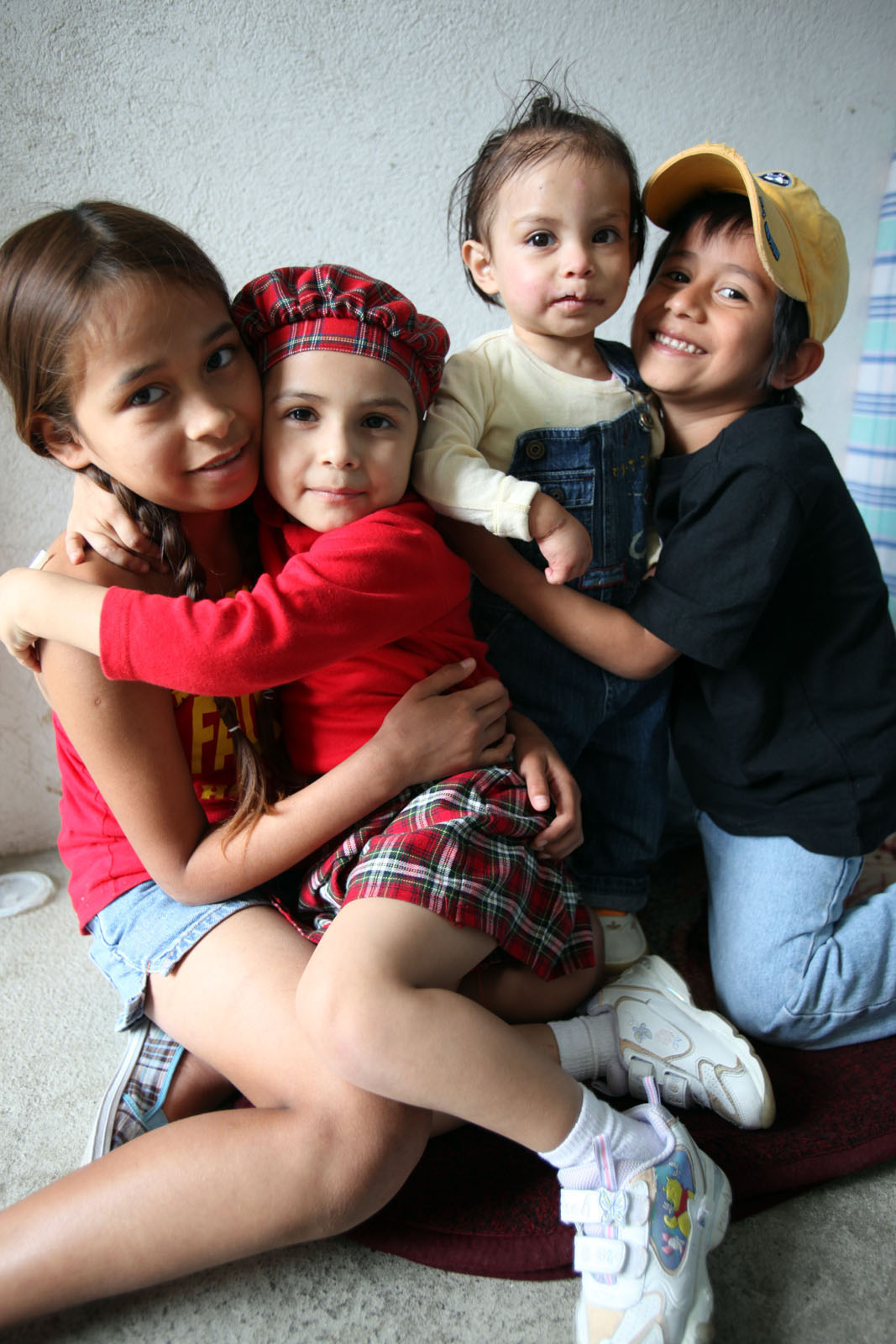
You've been working on Finding Fernanda for over two years. Did you start out thinking it would be a photo essay? If so, was your goal to get it published online or in a magazine?
I fell into the world of adoption corruption entirely by accident, and as a result of being a photographer. My sister and I went to Guatemala on vacation in
December 2007. While waiting for our plane in the Guatemala City airport, we were surrounded by Americans leaving with newly adopted children. On a visual level, it was a very striking scene because of the trans-racial element as well as the sheer number of children leaving. I was immediately curious to learn about what was happening. I decided to do a little research to see if there was a story angle I could pitch to my photo agency, Redux Pictures.
Back in the States, I started reading all the English language clips I could find about Guatemalan adoptions. To my surprise, many of the stories focused on issues of corruption like kidnapping, baby-selling, and bribery. There were numerous clips from 2005-2007, and when I watched the six-part Dateline special "To Catch a Baby Broker," my curiosity was piqued. I just didn't understand how the abuses could keep occurring, apparently over and over again. Where was the oversight? Was the US government turning a blind eye to proven child trafficking?
When I thought about how to photograph the story, it seemed like an immense amount of time and reporting was needed. How else could I start to understand corruption that possibly was rooted in organized crime? I'd also been creeping towards a point in my photo work where I wanted to explore multi-faceted, complex human-rights based issues that couldn't be told with just pictures. I wanted to write the text to go with my photographs. The problem was that I didn't know how, or where, to start.
Columbia University offers a Master's degree in journalism with an investigative specialization, the Stabile Center for Investigative Journalism. The Stabile Center takes about 12 students each year. The application requires a pitch for a year-long thesis investigation, so I proposed an examination into the political side of international adoption. Who was calling the shots, and why? What purpose did a lack of oversight serve?
In August 2008, I started as a Stabile fellow and my life became engulfed in adoption fraud. It was a fascinatingly gray subject, with no black or white. A few months after starting my research, I came across the poignant, incredible story of Betsy Emanuel and Mildred Alvarado, the two mothers whose stories are detailed in Finding Fernanda. I was able to spend a month living in Guatemala City generously funded by the Stabile Center in January 2009, and have returned since, paying my own way.
At first, I imagined pitching to Rolling Stone or Harper's. Yet boiling it down to 3,000 words seemed like a disservice. Hundreds of people (including sources who need anonymity for security reasons) talked to me, and I wanted to honor their trust and faith. A book made sense, though I didn't initially set out to write one. The story simply demanded it.
Did you approach any publications, foundations or NGOs about funding the story?
This past January, I immediately started hustling for funding.
The idea of partnering with an NGO crossed my mind, but accepting funding from an advocacy group would obviously damage the credibility of the reporting. The fundraising process hasn't been easy: it's a full-time job to finish reporting and writing a 300-page book in 8 months. Finding the time to apply for grants and awards, learn about marketing/sales, and freelance stories simultaneously is a constant challenge.
In terms of publications, right now I'm working with the New York Times on an adoption-related investigative story. It's a co-bylined feature I'm working on with Ginger Thompson. Since the Times is already one of my photo clients, Ginger and I are angling to have me shoot the story's photos. My photo agency has been getting me work here and there. Unfortunately, there aren't enough hours in the day to be pitching, reporting, writing, and shooting other freelance pieces right now, because of chapter deadlines.
I've also been applying to every grant and foundation I can find! Both the Pulitzer Center for Crisis Reporting and the Fund for Investigative Journalism turned down my original proposals for book support, but I plan to re-apply for the online project component. The Pulitzer Center is so overwhelmed by applicants that they've frozen their program until October to review the backlog of submissions! It's been tough, because I'm up against a crazy amount of laid-off journalists with years and years of experience. I have an ongoing dialogue with a few other grantmakers, and I've come really, really close serious backing- I was one of the finalists for Lowell Bergman's $45,000 Investigative Reporting Project Fellowship at Berkeley, but wasn't selected. I'm currently working on applications for the Alicia Patterson Foundation, among others.
Three funding sources have really come through. The first was Investigative Reporters and Editors (IRE) who awarded me one of two 2010 Freelance Fellowship Awards to support my part-time research assistant, the amazing Fernanda Diaz. Second, the Schuster Institute for Investigative Journalism, an amazing non-profit reporting center, has also kicked me $5,000 towards reporting expenses this spring. The third source had been Kickstarter, which has by far been the fastest and easiest way to fundraise. Finding Fernanda met its Kickstarter target of $3,000 in just six days, and I'm hoping to raise at least $5,000 total by August 20th.
Taking on a project like this requires more than a few leaps of faith. Finding Fernanda is a book both necessary and overdue. It's traditional investigative journalism done in the service of the public good, exposing wrongdoing and holding those in power accountable. The broader appeal lies in the compelling experience of two very different women, one Guatemalan and one American, whose lives accidentally intersect because of one little girl: Fernanda.
What benefits, besides the money raised, have you gotten out of opening your story up to funding through Kickstarter?
Crowd-sourcing has definitely helped raise the profile of the book. People now know why I've been off the radar for so long. Kickstarter also enables more people to become invested (literally!) in your work and your project's success. Finding Fernanda has been on Kickstarter for a little over a week now, and I'm continuing to spread the word through social networking and the occasional email. Folks want to help: I've been offered sources, introductions, and offers for future collaborations. The other amazing thing is all of the encouragement; people out there believe in this project as much as I do. Writing a book-length work is a solitary endeavor, and the support is so warming. The Kickstarter experience has been incredibly positive.
Are there any potential downsides to tapping your social network for
money to support a project?
In the beginning, it felt really strange, almost like online panhandling. After the first day of being on Kickstarter, I had a moment of absolute terror over soliciting, and considered canceling my project listing all together. Talking about the Kickstarter concept of crowd-sourcing with friends also helped me relax about it. I asked two close friends, one journalist and one photographer, what they thought about the possible sleaze factor. Both independently pointed to the same thing: if the public thinks your project is worth supporting financially, that's a way of understanding your idea's relevance to society at large.
Perspective also kicked in: no one else out there is going to do this work. I'm not making money, let alone breaking even. I'm trying to get by in a media landscape that provides few opportunities and support for long-term investigative/ documentary projects.
Anything else you'd like to share?
I want to say a heartfelt thanks again to not only all of my Kickstarter backers, but to those friends, colleagues, and contacts who helped by reposting, retweeting, and blogging! You are all so wonderful. And of course, Finding Fernanda will be on Kickstarter until August 20, 2010- you can check it out at http://kck.st/c533wf .
The project's website is also currently housed at www.findingfernanda.com. I'm always open to ideas, suggestions, and collaborations, and can be reached at Erin (at) erinsiegal.com
Erin Siegal’s dual passions for photography and the written word led to an education patchworked between New York City’s School of Visual Arts, Harvard University, and Parsons School of Design. She earned a BFA in Photography from Parsons in 2006, and a Master’s degree in Investigative Journalism from Columbia University in 2009, where she was a Fellow at the Toni Stabile Center for Investigative Journalism. Based in the Bay Area, Erin’s clients have included Human Rights Campaign, the New York Times, Reuters, the Urban Justice Center, RollingStone.com, the United Nations, and more. She was an Artist-in-Residence at the School of Visual Arts and the Camera Club of New York, and her work has been shown at the Jen Bekman Gallery. A 2009-2010 Fellow at the Schuster Institute for Investigative Journalism, Erin is currently working on her first book, which details corrupt practices and child trafficking in international adoption between Guatemala and the United States.
Goodbye magazines, hello crowd funding?
Long gone are the days when photographers could pitch a great story idea to a magazine and get a guarantee or a nice long assignment. It does still happen, especially with unique ideas that are topical, timely or controversial, but it's the exception to the rule. Crowd sourcing, and specifically "crowd funding", could be the new model to getting those stories produced. Photographers, journalists, artists and other creatives are tapping the buying power of their social networks to make their projects a reality. Through web sites like Kickstarter.com and ProjectSite.com, photographers pitch their stories to the world, raise money and hit the road.
Journalist Erin Siegal has raised over $3,000 to cover her expenses in Guatemala as she completes a two year long investigative journalism piece on corruption in the adoption industry.
Photographer Zoe Strauss has raised $4,000 to do a series on how the BP oil spill is affecting people in The Gulf.
Stan Engelbrecht and Nic Grobler have raised over $16,000 to turn their project on South Africans and their bikes into a photo book.

The great thing about this is you instantly have a built in network of people who care about your story. All those small donations add up and those people will follow your progress, tweet about it and post about it to Facebook. It's like having hundreds of people doing PR for you.
Another big plus is that once you are done with the story, you can take it to book publishers, magazines, gallerists and art buyers and show them, in a concrete way, just how dedicated you are to your craft. Telling someone you have a great project idea is one thing, showing them is another.
Lastly, putting your ideas together and preparing them for one of these funding sites will force you to really think through your project. You might just find, through a lack donations, that it's not the great idea you originally thought it was.
UPDATE: PDN just posted a very informative interview with Yancey Strickler, co-founder of the crowd-funding Web site Kickstarter. It include tips on why some projects exceed their fundraising goals while others don't bring in any money.
Thoughtful Advice to Young Photojournalists by Michael Kamber
Michael Kamber took the time to write a long and thoughtful post answering many of the questions he receives from photographers starting out. And as it always happens, people have chimed in with their own words of wisdom. Most of this advice is geared towards photojournalists. Check it out at lightstalkers See more of Michael's work at http://www.kamberphoto.com
Emerging Photographer Foundation Winner Announced
Contrasto contributor Davide Monteolone has won the EBF prize of $10,000 for his work on the northern Caucuses. http://www.burnmagazine.org/essays/2010/06/epf-2010-winner/
See more of Davide's work at http://www.davidemonteleone.com/
Fabrica F Awards Announced
When I was working at Redux, the very talented Jessica Dimmock won the first F award for her work chronicling heroin addicts in an abandoned apartment in a posh building in New York City. The award garnered a lot of attention for Jessica (not to mention the cash) and since then she has gone on to do a lot of great storytelling. This year's winners aren't as undiscovered a talent as she was. Jerome has covered many amazing stories in his years as a photojournalist. Matt, although young, has earned a fair amount of exposure and awards already. Looking forward to seeing more from both of them. F AWARD
Jérôme Sessini, France
Essay: So far from God, too close to America
“The Jury agreed unanimously that Jérôme Sessini's ongoing exploration of drug-related violence in Mexico at the U.S. border is remarkable for its sustained engagement with an increasingly alarming and dangerous reality, for its attention to concrete particulars, and for its ambition to convey the scope and complexity of the conflict".
F25 AWARD
Matt Eich, USA
Essay: Carry Me Ohio
“In an effort to give a voice to increasingly marginalized communities destroyed by nearly 150 years of unmitigated mining, Matt Eich documents the daily lives of the people in Southeastern Ohio. Once rich in coal, salt, clay and timber, this region has been stripped bare of all natural resources—its people left to fend for themselves with minimal opportunities, horrific housing conditions, and sub-standard schools. As occurs in so many impoverished areas, the fabric holding together these communities is slowly disintegrating, as the people become more and more demoralized, often turning to drugs. Matt’s ongoing exploration conveys their struggles—further exacerbated and contextualized by the current economic situation—while simultaneously pays homage to their strength and resilience in the face of such adversity”.
The F award is a creation of Fondazione Forma per la Fotografia, created by Contrasto, based in Milan and Fabrica, the Benetton Group’s Research Centre on Communication, based in Treviso.
The winning F project will receive a contribution of euro 20.000, the possibility of publishing a book and of having an exhibition of the selected work. The F25 winner (for photographers under 25), will be awarded a one year scholarship in Fabrica’s Photography Department.
Preliminary Inventory of Magnum Collection at Harry Ransom Center now Online
As an Austinite, UT alum, former Harry Ransom Center employee and photography lover, it's of special interest to me that the preliminary inventory is now online. Much has been made of the fact that the backs of the photos, with their markings between assigning editors and Magnum staff, are just as interesting as the fronts. I'm looking forward to combing the list and having a few boxes pulled to see for myself.

(Photo courtesy Harry Ransom Center)
See the complete list at http://research.hrc.utexas.edu:8080/hrcxtf/view?docId=ead/00502.xml
The collections are divided up into 5 series:
The first series, Photographers, is comprised of boxes containing the works of single photographers only, and it is in alphabetical order by photographer. In general the boxes follow each photographer’s career chronologically, occasionally ending with a portfolio of exhibition prints. Box descriptions that are seven digits long (e.g., 1944001) are for specific stories; the first four digits represent the year of the story and the last three digits represent the story number within a given year.
Series II, Personalities, consists of images of notable figures from around the world. Included are portraits and snapshots of world leaders, politicians, artists, authors, activists, sports figures, actors and actresses, designers, architects, musicians, and other celebrated people. Each personality received his or her own folder, so the majority of boxes show a range of names rather than a single name. Individual names are displayed either as they appear in the Library of Congress Name Authority File (LCNAF) or have been formed in accordance with the Anglo American Cataloging Rules 2nd revision (AACR2r). Dates appearing in conjunction with names are the life and/or death dates of the subject.
The third series, Subjects, consists of generic, domestic topical subjects, and excludes personalities and foreign countries. All subjects are listed alphabetically.
Series IV, Geography, is divided first by continent or world region, and then subdivided by country and listed alphabetically.
The final series, Magnum, is comprised of portraits and snapshots of Magnum photographers, staff, contributors and meetings. Additionally there are groups of images collected by Magnum members for specific projects. Individual names are displayed either as they appear in the LCNAF or have been formed in accordance with the AACR2r. Dates appearing in conjunction with names are the life and/or death dates of the subject.
Teru Kuwayama wins $200,000 Grant
Big congrats are owed to Teru for winning a $200,000 grant from the Knight Fellowship. He'll be using social media to bring the story of the war in Afghanistan to the American people in a way that TV brought Vietnam to our living rooms. The Marines recently lifted a ban on social media, so the Marines, along with the independent embedded journalists will be using social media to report on what is happening. Read more at http://knight.stanford.edu/news/2010/challenge/
Watch Teru talk about the Challenge
Knight News Challenge winner Teru Kuwayama on One-Eight from Nieman Journalism Lab on Vimeo.
See more of Teru's work at http://terukuwayama.com/
In-depth conversation between Michael Kamber and Tim Hetherington
The NYTimes Lens blog often features interviews with photographers but this one stands out. It's an amazing back and forth conversation between two great photographers. If you saw Tim's "Sleeping Soldiers" projection, you'll definitely want to hear more about the project that led to the film "Restrepo". from http://lens.blogs.nytimes.com/2010/06/22/behind-44/

